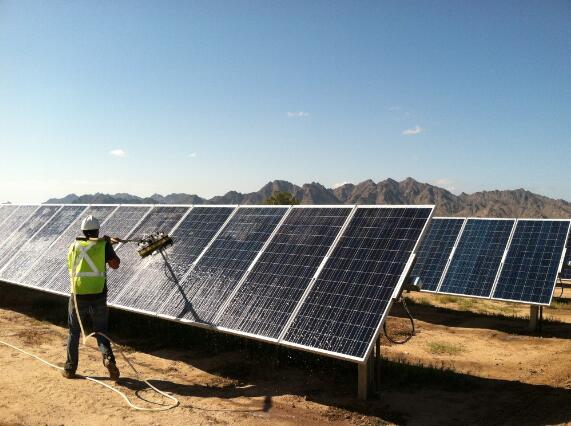Utility-scale solar in the US remains plagued by underperformance issues as capex costs have risen for the “first time in decades”.
That is the conclusion reached by insurance provider kWh Analytics within this year’s Solar Risk Assessment report, which has called for a concerted industry effort to resolve such issues.
The report, which combines qualitative insight and research from contributors including BloombergNEF, PV Evolution Labs and NREL, amongst others, warns of a range of issues that continue to dent solar asset performance versus expectations in the US.
It cites new research confirming that system degradation, inverter availability and overly-optimistic PV modelling have meant that the solar industry has “significantly overestimated” expectations of solar assets and, as a result, will need to “reckon the realities in the field with the assumptions we use on paper”.
Papers included within this year’s risk assessment provide more detail on those sources of underperformance, with analysis conducted by kWh Analytics finding that nearly all (92%) of lost earnings from solar assets is down to underproduction versus initial estimates.
Further analysis by the insurance provider has concluded that one in three US solar assets currently under development are overstating P50 estimates by as much as 5%.
Other papers include;
Repowering provider Solar Support reporting that nearly half (45%) of inverters are abandoned just four years after site completion as a result of manufacturers being discontinued;
Research from DNV noting how uneven terrain is driving performance losses of up to 6%, proving the need for tracker technology and advanced modelling software;
Analysis by Raptor Maps indicating that disruption to asset performance caused by balance of system anomalies and the complexity of installations is on the rise, and;
Research from advisory STS indicating that the frequency of high-risk quality concerns found within module purchase contracts has increased 20-fold between H1 2020 and H1 2022.
The full report can be downloaded here.
The 2022 edition of the Solar Risk Assessment follows last year’s report which sounded the alarm for US solar asset underperformance, suggesting sites were “chronically underperforming” P99 estimates. Further analysis concluded that asset underperformance had worsened over the last decade and risked future investment in the asset class, which kWh Analytics wrote about for PV Tech earlier this year.
US solar remains beset by underperformance issues as capex costs on the rise
kWh Analytics’ 2022 Solar Risk Assessment has raised numerous concerns relating to asset underperformance.
Source:PVTECH
ViaLiam Stoker






